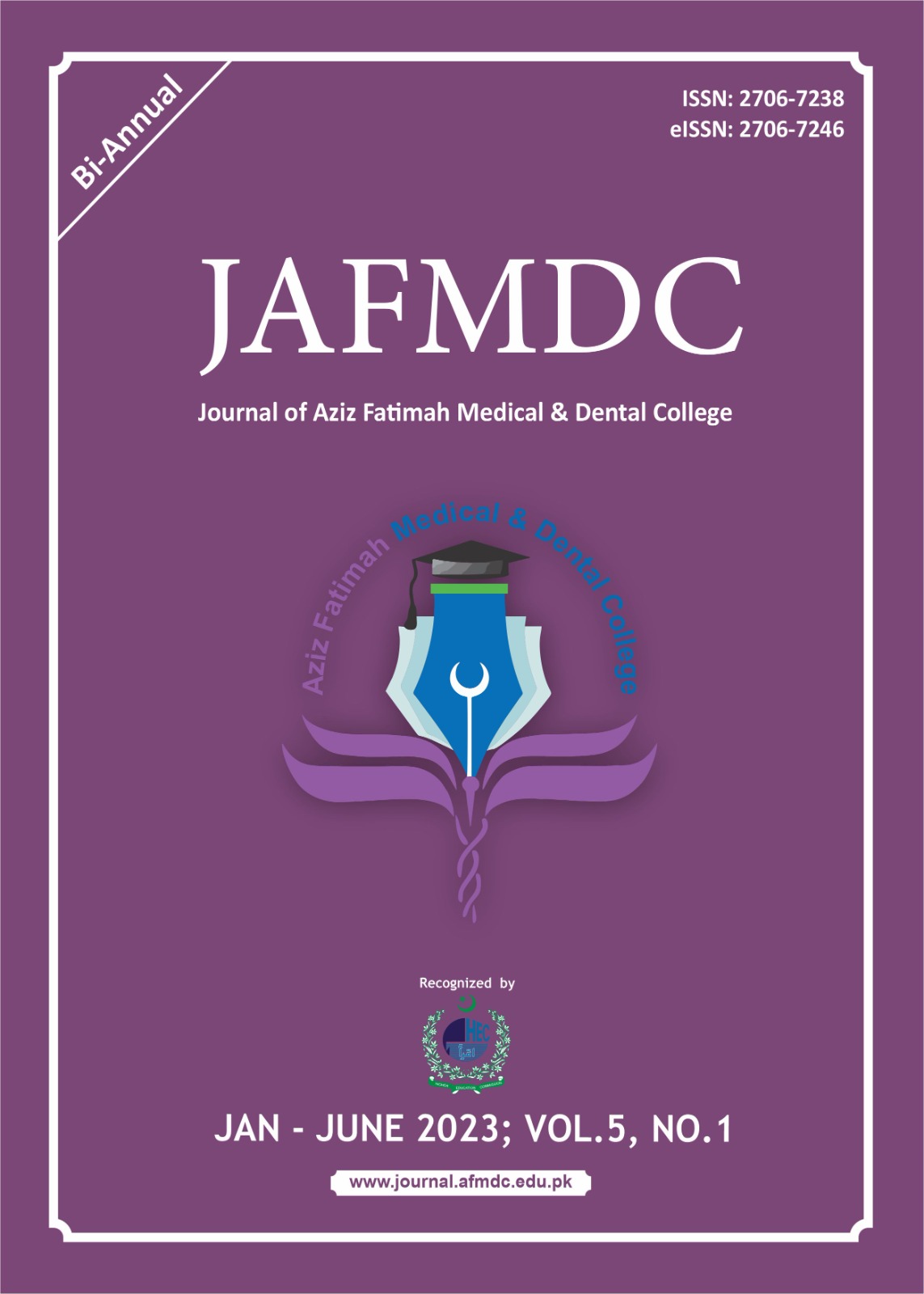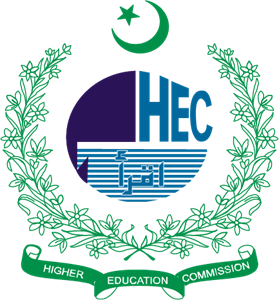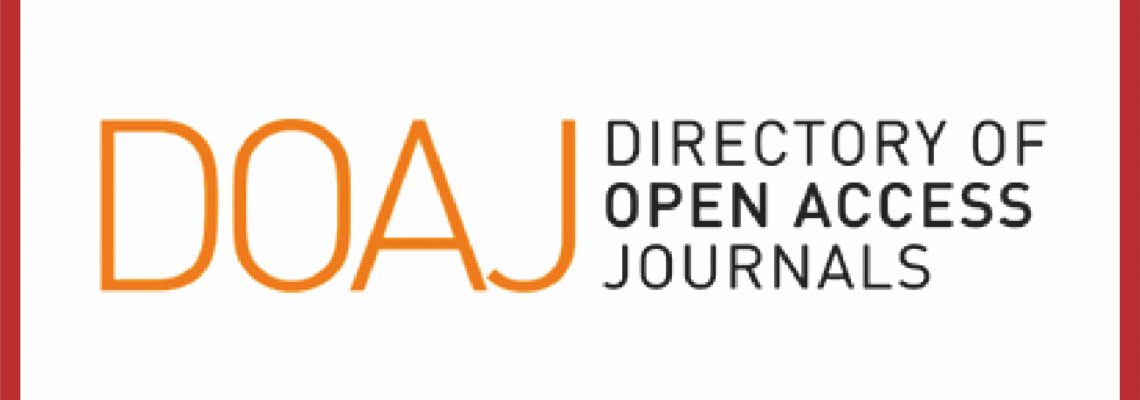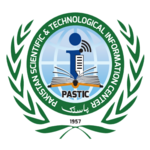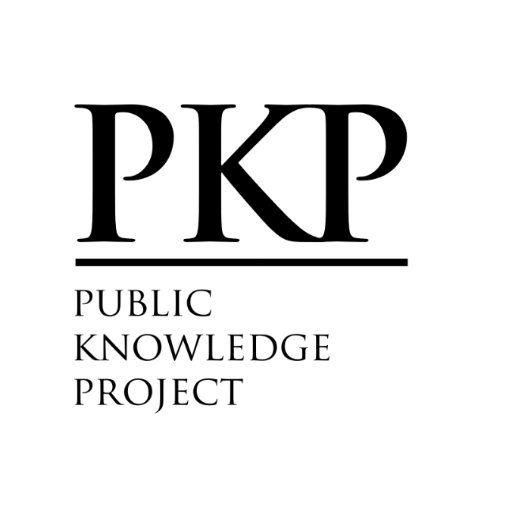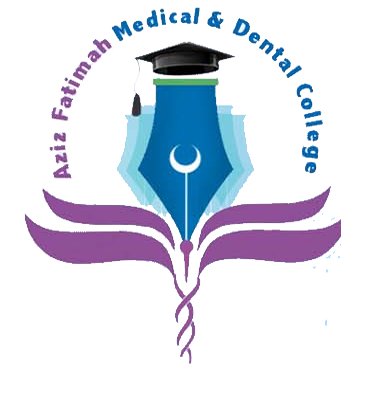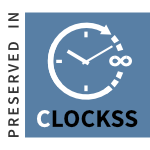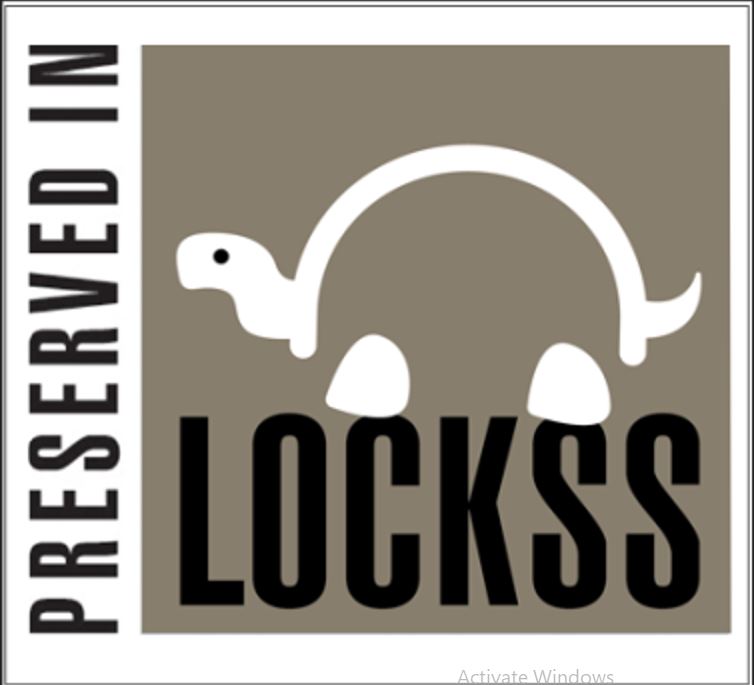Prevalence and Purpose of Medical App Usage In Pakistan: A Cross-Sectional Study
DOI:
https://doi.org/10.55279/jafmdc.v5i1.228Keywords:
Medical Apps, Medical Students, SmartphonesAbstract
Objective: To determine the prevalence and purpose of medical app usage in Pakistan.
Methodology: A cross-sectional study was conducted using a pretested form, distributed via Google Forms. Convenience sampling was used to select a sample of 357 MBBS, BDS, Allied Health, and Nursing students of CMH Lahore Medical College. Data was analyzed using “SPSS version 23.0”. Descriptive statistics were calculated as frequencies. A “p-value” of less than 0.05 was deemed statistically significant.
Results: Out of all the participants (357), 40.3% were males, and 59.7% were females, with an average age of20.89 ± 1.61. 95.5% of the participants used intelligent devices, and 86.6% were aware of the medical apps available for use on mobiles. A majority (64.1%) of the students had various medical apps installed on their phones. Almost half of these students (45.1%) were advised by medical educators to use different medical apps for their studies. Most of the students made use of medical apps to search for medical information (49.7%), followed by exam preparations (37.6%), Revision (34.6%), and preparation of presentations (26.4.%). The use of general clinical textbooks and clinical skills guide apps were 22.2% and 23.9%, respectively. 20.5% of the participants did not use Medical Apps for any purpose. A Likert scale showed that students think that Medical Apps are easy to obtain, and many of them frequently use them too. They believe that these apps save time during clinical practice. Medscape was the most common app being used (29.3%), followed by Gray’s Anatomy (25%) and Pharmapedia (23.9%).
Conclusion: The common usage of medical apps was recurrent amongst medical students
Downloads
Published
How to Cite
Issue
Section
License
Copyright (c) 2023 Dr. Farhat Ijaz

This work is licensed under a Creative Commons Attribution-NonCommercial 4.0 International License.
You are free to:
- Share — copy and redistribute the material in any medium or format
- Adapt — remix, transform, and build upon the material
- The licensor cannot revoke these freedoms as long as you follow the license terms.
Under the following terms:
-
Attribution — You must give appropriate credit, provide a link to the license, and indicate if changes were made. You may do so in any reasonable manner, but not in any way that suggests the licensor endorses you or your use.
-
Non Commercial — You may not use the material for commercial purposes.
-
No additional restrictions — You may not apply legal terms or technological measures that legally restrict others from doing anything the license permits.

